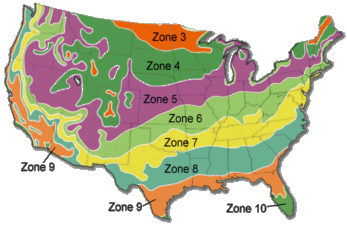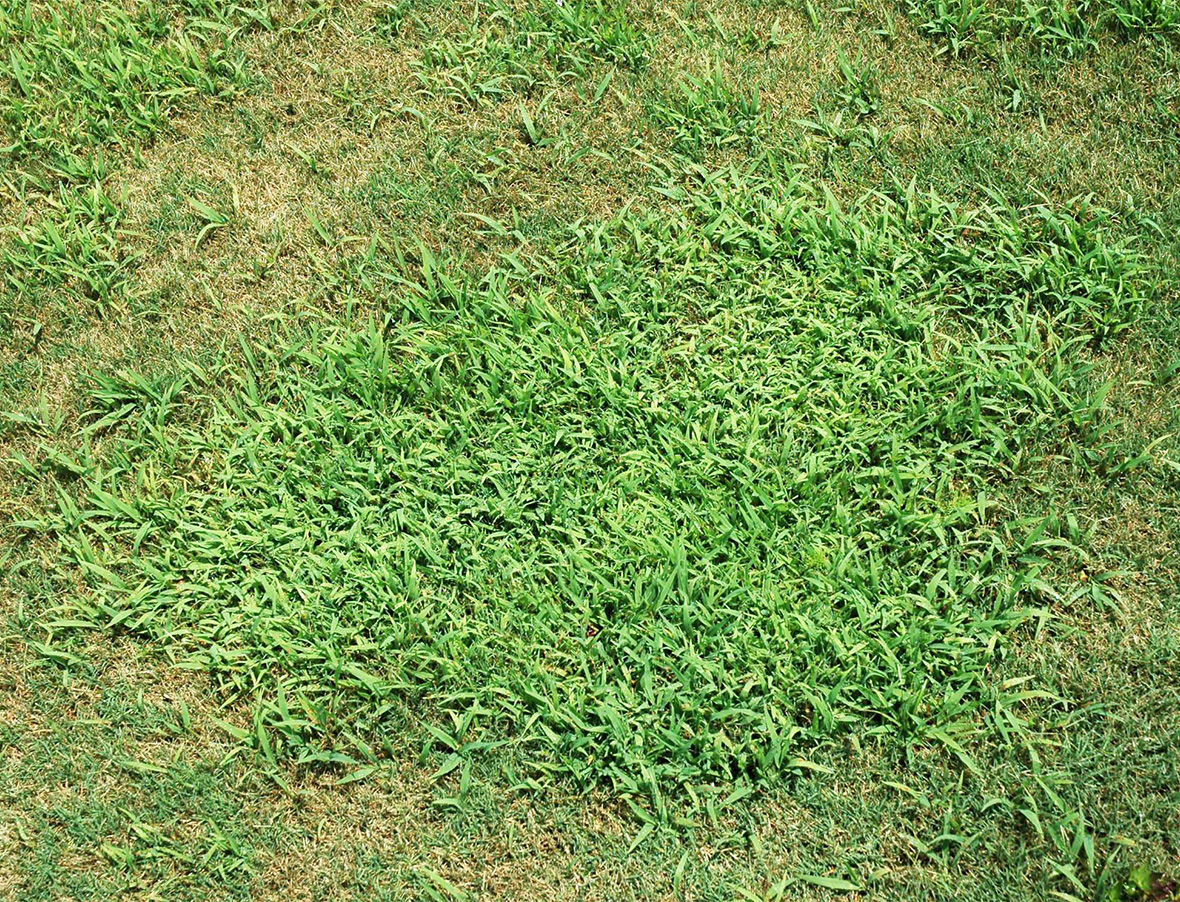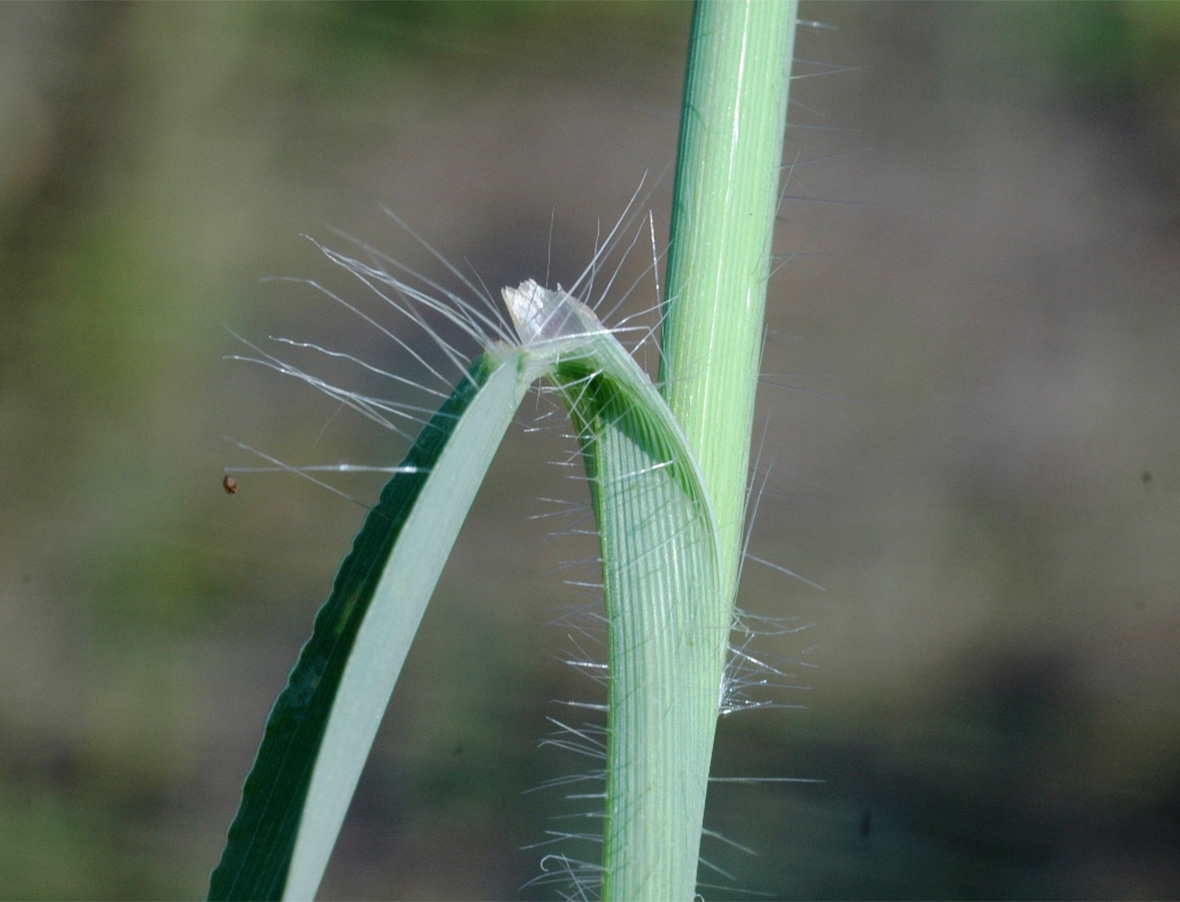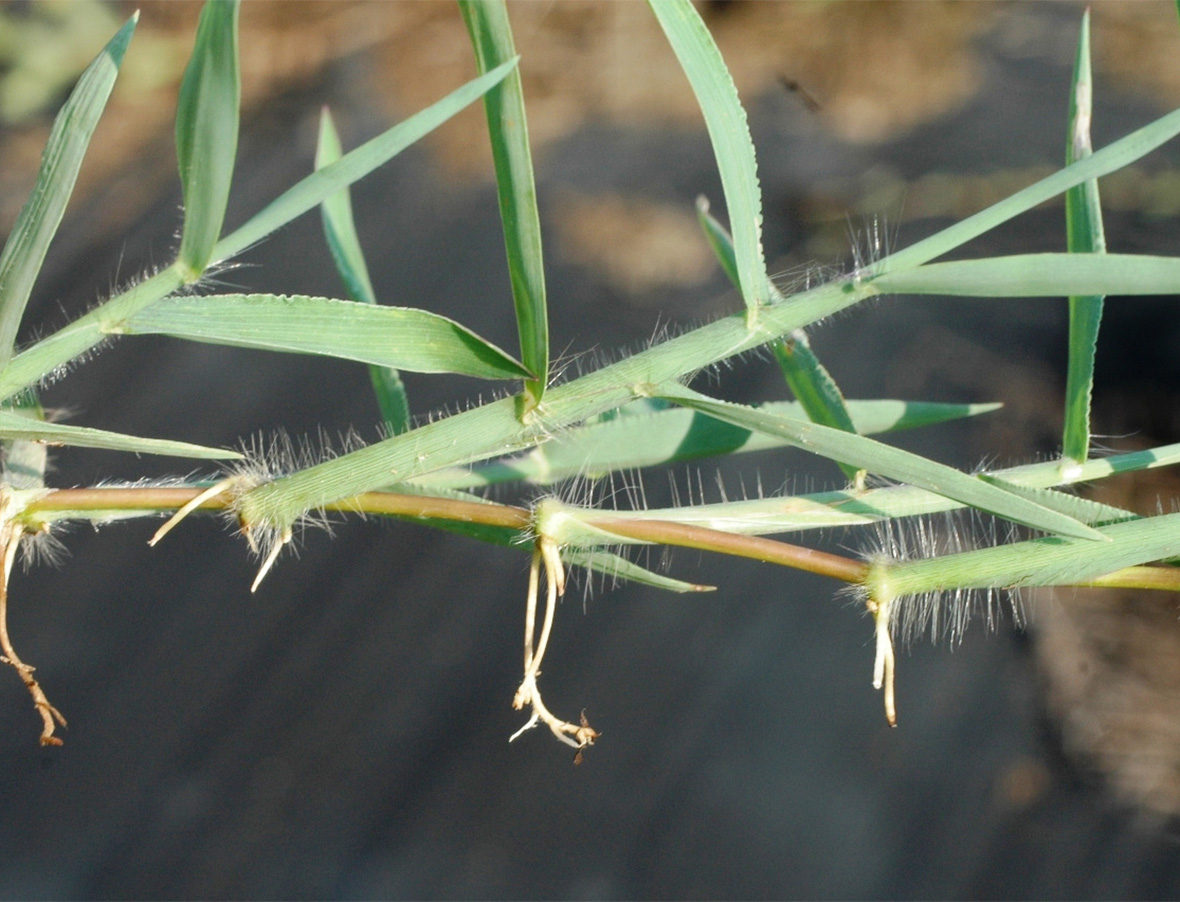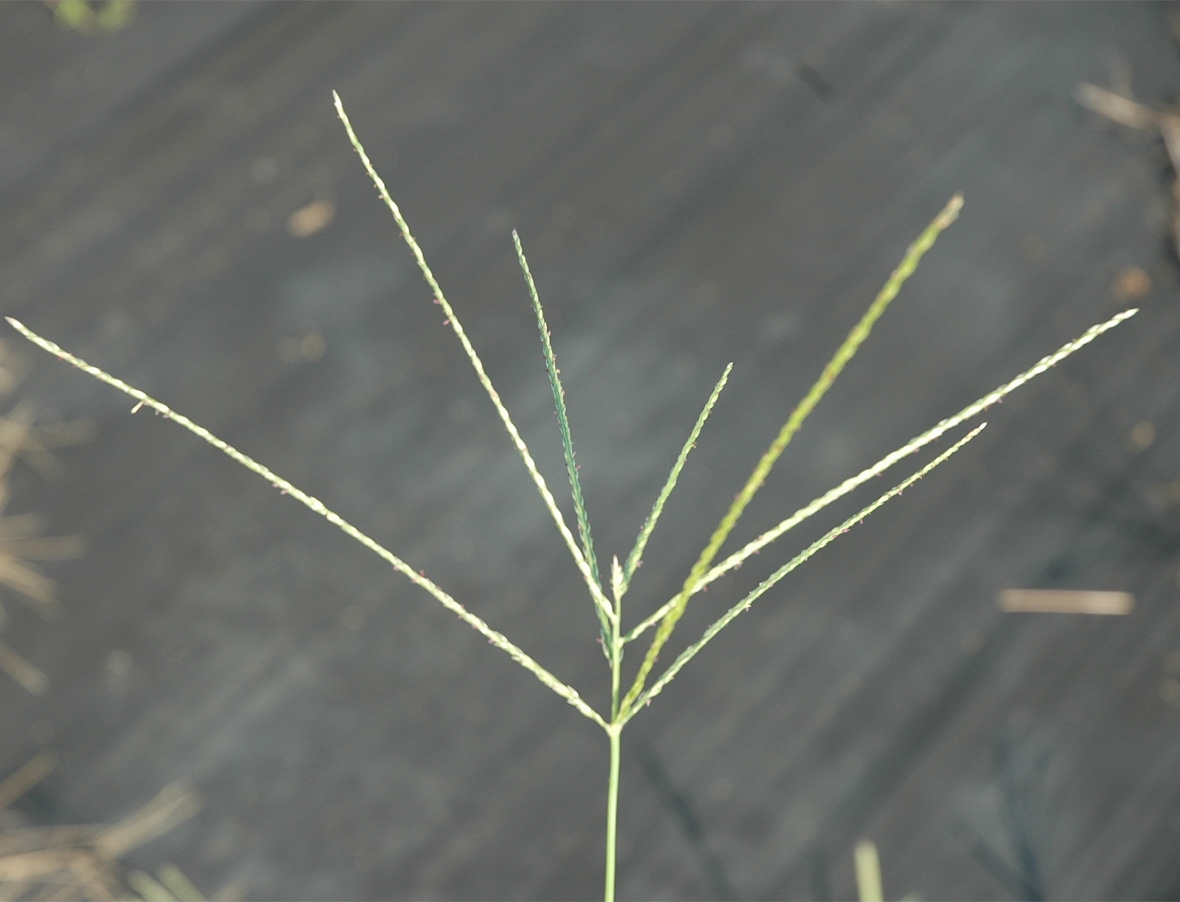Description
Crabgrass is a summer annual that germinates when soil temperatures reach a consistent 55 degrees F and is generally killed at the first frost. Crabgrass leaves are rolled in the bud; the first leaf appears short, wide and blunt-tipped. The ligule is tall and membranous with jagged edges, and the auricles are absent. The collar is broad with long hairs. Crabgrass is light green in color, coarse bladed and will root at the nodes when they touch the ground. A single crabgrass plant can produce up to 700 tillers. It is a bunch type grass. The inflorescence is a panicle of branches, with spikelets in two rows. A crabgrass plant can produce 150,000 seeds. Crabgrass needs warm soils and sunlight to germinate. Crabgrass is found throughout the United States.
Weed Photos: Courtesy of Dr. Lambert McCarty. Clemson University. Clemson, SC.
Herbicide Use
Use a pre-emergence herbicide as soon as soil temperatures reach 55 degrees F for a period of four days. A pre-emergence herbicide is recommended even if some crabgrass plants have germinated; there will still be crabgrass seed in the soil which can prevent further infestation. Do not core aerate or verticut after a pre-emergence herbicide application. For crabgrass control after germination, use a post-emergence selective grass herbicide.
Distribution
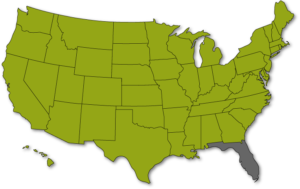
Germination Dates
